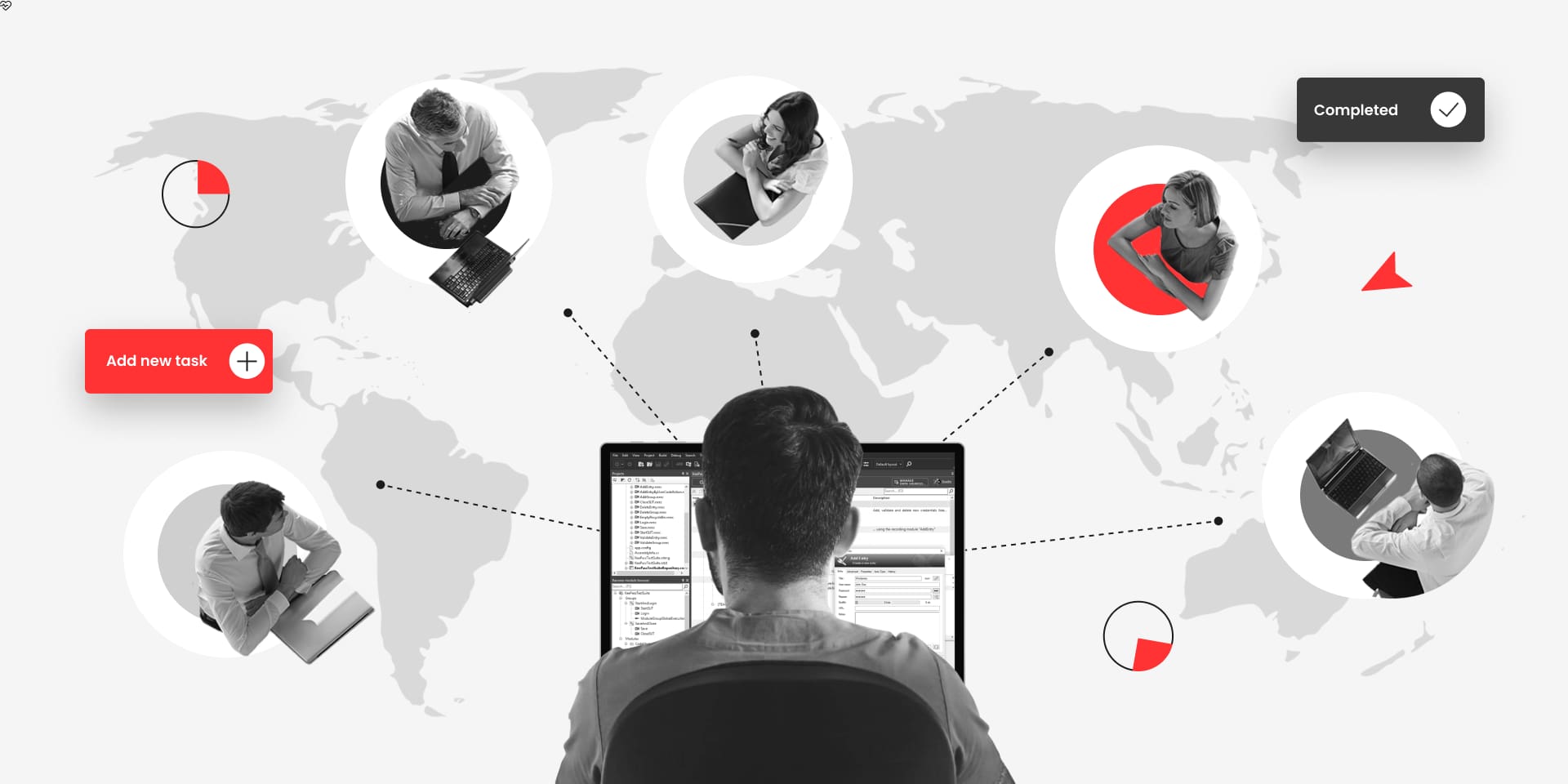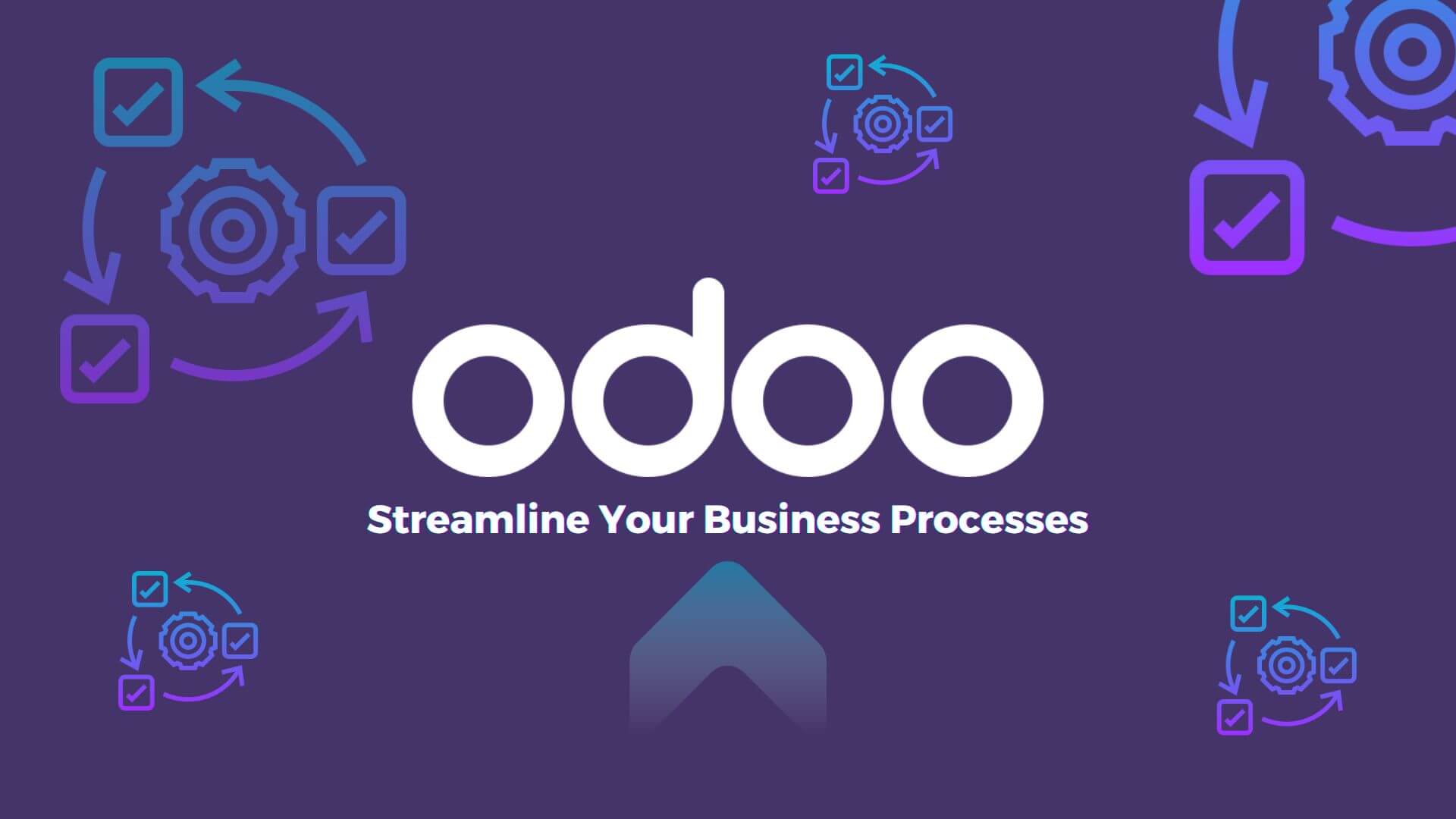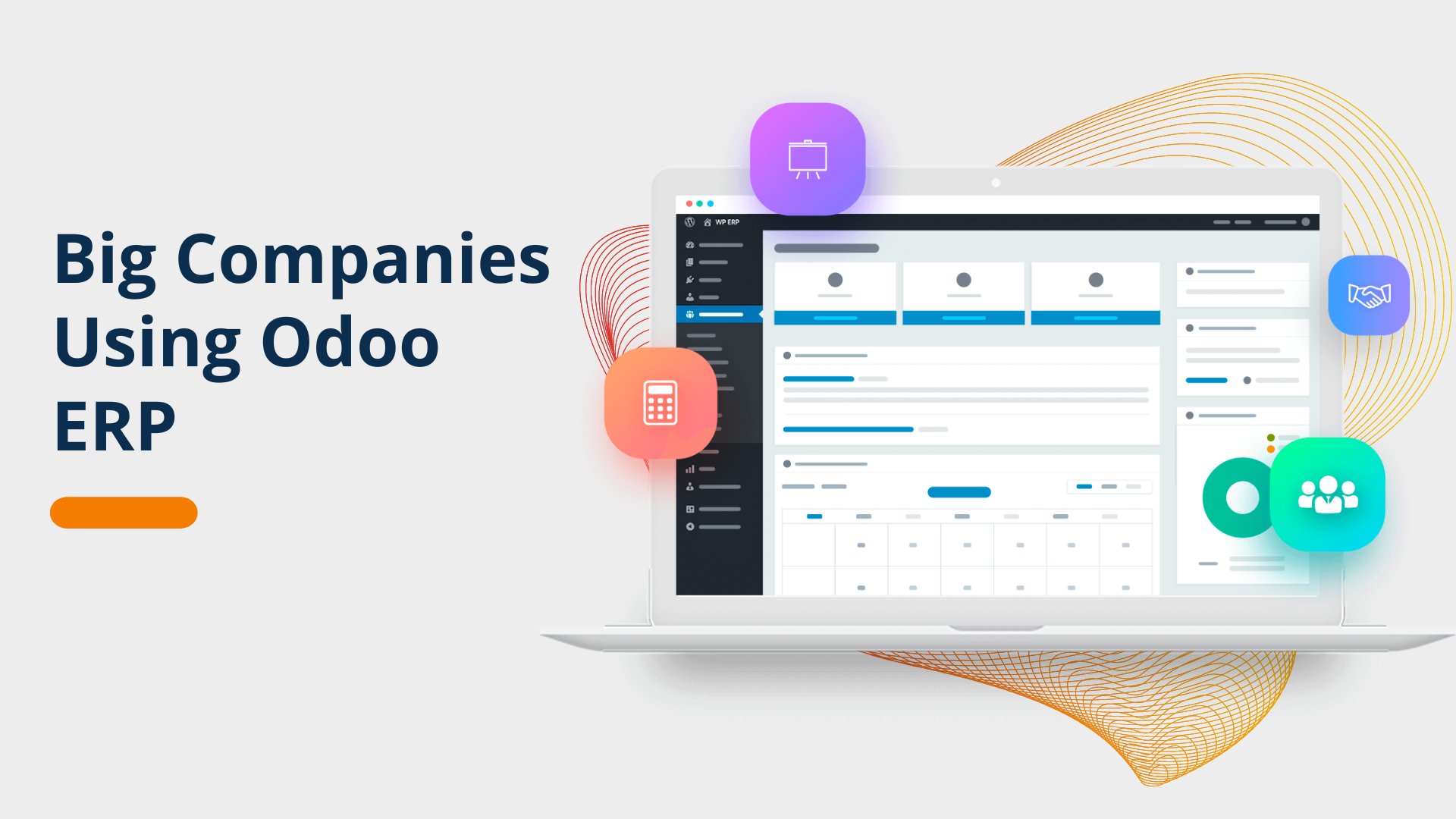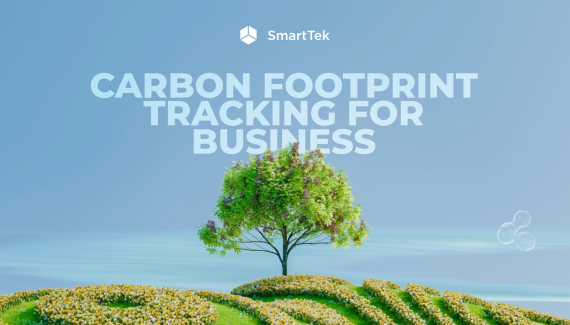When it comes to developing software solutions, the parties (customer and developer) can manage their relationship in many different ways. This is true not only for such important things as the project work process, communication, work schedule, pricing, or reporting, but also for many other aspects.
Choosing the most engagement model for software development can be a difficult task, as each has its advantages and disadvantages. Nevertheless, anyone with experience in IT product development will confirm that proper interaction between stakeholders is one of the essential conditions for organizing efficient work on the project.
This article will contemplate the main types of software development engagement models and help you understand which one is the best choice for your project.
Project Outsourcing

Outsourcing is a project engagement model where a company hires a third-party contractor to complete a task instead of using its own resources. Outsourcing is quite an occurring practice in IT software development.
Model features:
- The customer delegates the entire project to the service provider.
- Define scope, schedule, and deliverables.
- Vendor manages project resources and development process.
- Often includes a project manager on the service provider side to coordinate tasks.
When should you use the outsourcing model?
Outsourcing project engagement model is suitable for projects with clear scope and requirements. Ideal for organizations that lack technical expertise or resources. Best when the client prefers minimal involvement in the day-to-day management of the project.
Want to start a project?
Grow your team and expand your software development capabilities with a reliable tech partner by your side.
Contact usDedicated Team

A dedicated team is among the most popular cooperation models between customers and service providers. Its essence is that a long-term team of specialists with the necessary expertise and skills is assembled for a customer in compliance with project needs.
Dedicated team model features:
- The service provider provides a team dedicated solely to the client’s project.
- The team works as an extension of the client’s internal staff.
- Flexible project management with continuous collaboration.
- Client has significant control over team composition and project direction.
When should you use the Dedicated Team engagement model?
Best for long-term projects with evolving requirements. It is a flexible engagement model suitable for clients who want more control and collaboration with the development team. Ideal when specialized skills are required that are not available in-house.
IT Outstaffing

That is a type of remote hiring when a contractor company provides a professional or a group of professionals to participate in a customer’s project for as long as the contract lasts. Therefore, to employ a developer on an outstaffing basis means “to rent” them from an outstaffing company to work on a specific project.
IT staffing engagement model features:
- Focus on augmenting the client’s existing team with additional staff.
- The service provider manages the administrative and HR aspects of the contingent workforce.
- Employees can be fully integrated into the client’s internal processes.
- Flexibility to scale team size up or down based on project needs.
When should you use the outstaffing model?
Ideal for augmenting a team with specific skills for a period of time. This software development engagement model is useful when a project needs to be scaled up or down quickly. Beneficial for organizations with established project management processes.
Offshore Development Center (ODC)

Actually, that is an office with a team of software engineers, a kind of the company’s branch, but located in another country with more talented IT specialists and more profitable conditions for product development.
That is a fruitful format for large IT companies and startups as it allows them to reach new markets, get unlimited access to IT talent, and concurrently save money.
Model features:
- A dedicated, independent team located offshore.
- The ODC operates as a subsidiary of the client organization.
- Long-term collaboration with strategic alignment to the client’s business objectives.
- Comprehensive services including development, QA and support.
When to use the ODC cooperation model?
Suitable for large projects requiring a wide range of services. Ideal for companies seeking cost-effective solutions without compromising quality.
Grow faster with remote R&D team
Our skilled software development team onboard quickly to jump-start your tech projects.
Schedule a callFixed Price Engagement Model

It is a cooperation option assuming the customer will pay a fixed price for project execution. Consequently, when signing the contract, find out you have a clear budget estimate calculated after a general project analysis.
Model features:
- A pre-agreed, fixed budget for the entire project.
- Clearly defined scope, timelines and deliverables.
- The risk of project overruns rests with the service provider.
- Limited flexibility for scope changes once the project is underway.
When to use the fixed price model?
Good for small to medium-sized projects with well-defined requirements, where budget is a constraint and must be strictly adhered to. Preferred when the customer wants predictable costs without the need to actively manage the project.
How to choose the appropriate engagement model in software development?
To choose the best cooperation model for your project, you have to tackle several questions to clarify your actual needs. Below, we recollect the points in question:
1. How complicated is your project? What specialists and technologies do you need to involve when implementing it?
2. Is your budget limited, or can you afford to expand it when necessary?
3. Do you anticipate a specific level of flexibility and changing requirements in the product development process?
4. Do you have specific implementation deadlines set for the project or no time limitations?
5. Do you have experience in product development management or prefer to outsource it to any third party?
6. Would you rather involve additional expertise to your team or hire a dedicated team with field-specific knowledge?
As you see, each of the listed interaction models has its own features. Therefore, when you comprehend them well enough, you will easily select the one that suits your project best. If you need help, our experts will analyze your needs and provide free advice on all the issues at hand.
Contact us and let us discuss the details!












